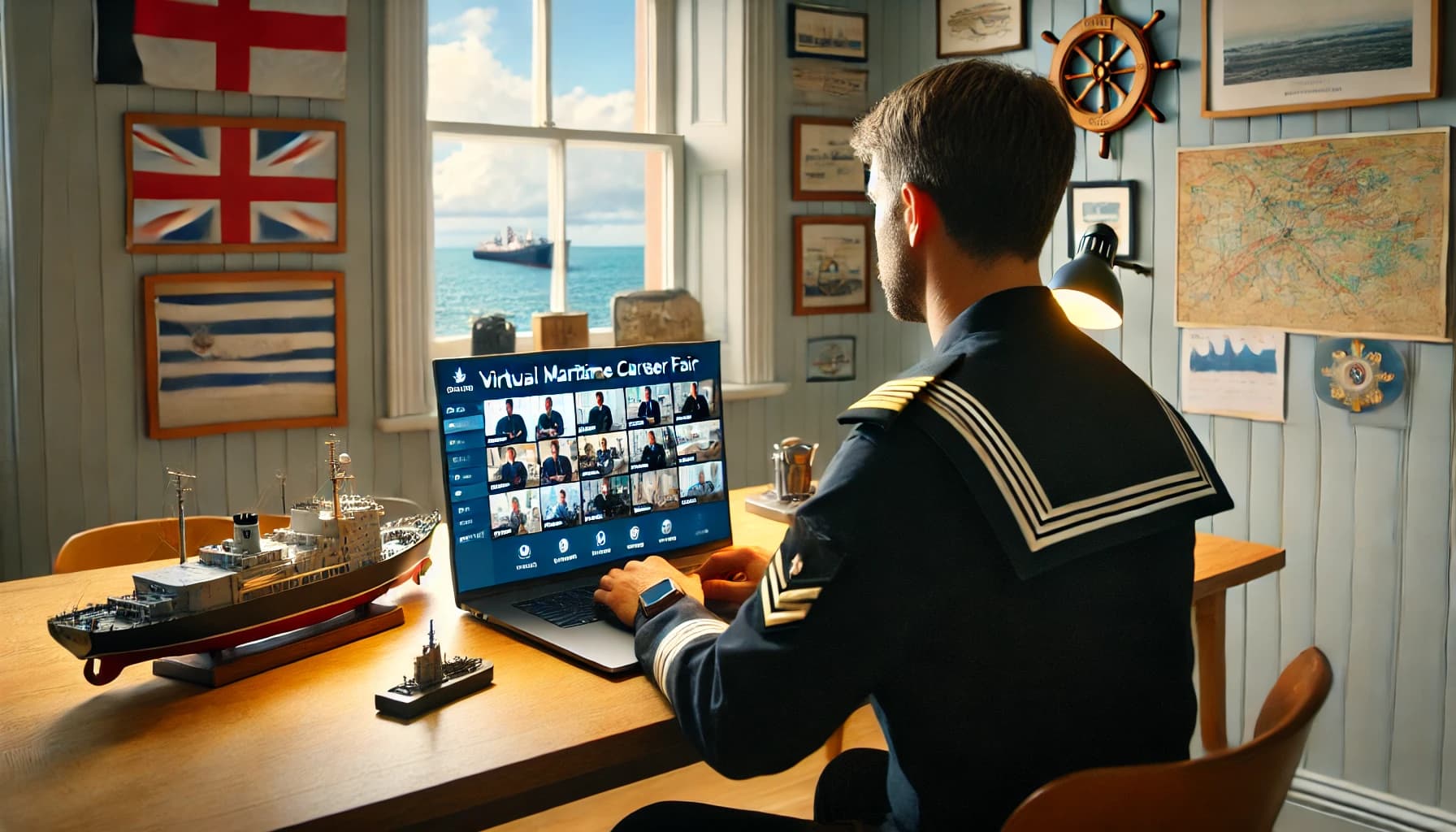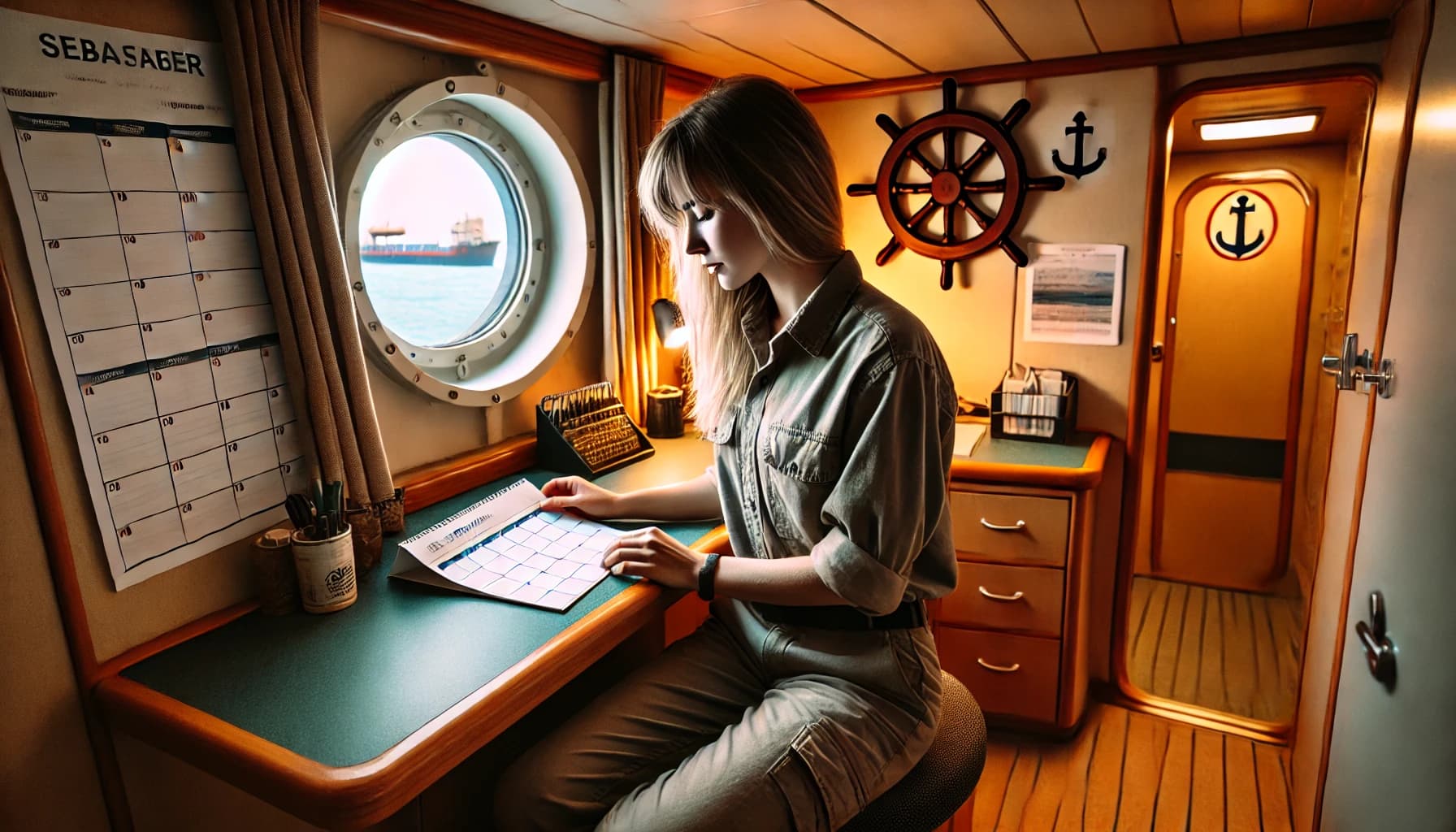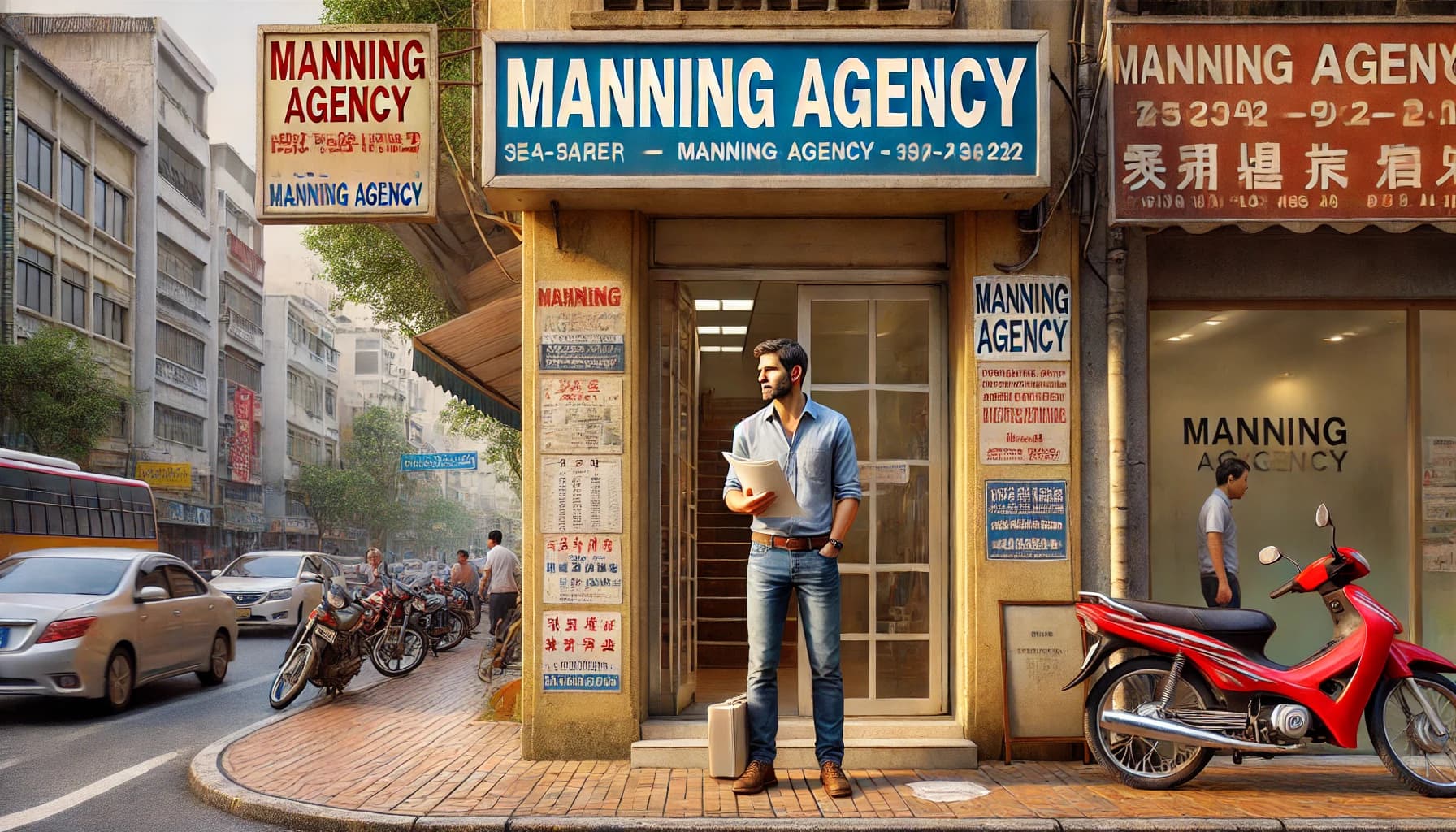Unless you’re just starting out in the world of work, chances are you’ve already written a seafarer resume for the maritime industry. But if you really want to stand out from the crowd you need to do more than include your name, email address and the dates of contracts you’ve had or the positions you’ve held.
If you want to land the best maritime jobs, you need to make sure that your resume for a seaman and cover letter really show you in your very best light.
There are often two problems facing all job hunters when they sit down to write, or update, their maritime resume:
1) you have too much information to include, or 2) you don’t have enough.
So in a crowded marketplace such as the maritime industry, how do you make sure you rise head and shoulders above your fellow seamen and get the seafarer jobs that you really want?
How to write a seafarer resume & cover letter that makes you stand out
No matter which camp you fall into it’s a conundrum. So how can you make sure your resume for a seafarer highlights all those years of work experience without running to five pages long?
Or how can you show you’re the right seafarer for the job if you’re fresh out of marine academy?
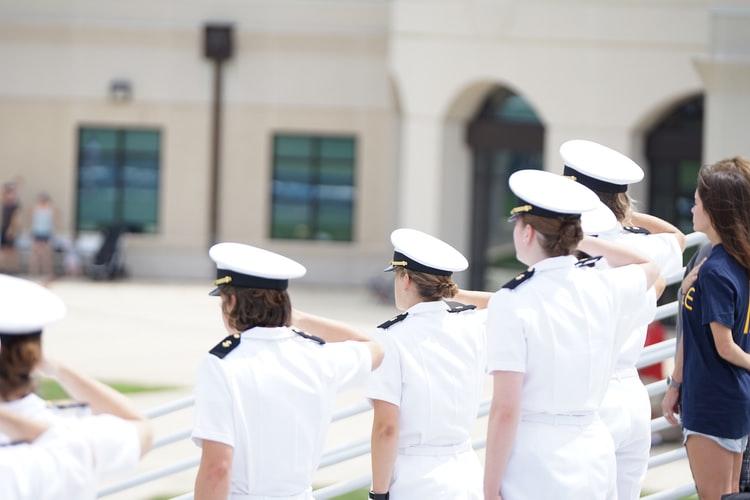
Whether you’re sending your resume to a shipping company, manning agency or maritime recruitment agency, one thing is certain: that the person dealing with hiring crew is busy and sees dozens of applications a day.
In fact, research has shown that recruitment agencies, HR personnel or the managers in charge of hiring new people only give a resume somewhere between five and thirty seconds of their attention.
That means you’re looking at an average of around 15 seconds of time to impress someone and make them want to contact you with a view to interviewing you!
So how do you make sure yours is one of the resumes that makes the “potential" pile and not the “only call as a last resort” folder - or worse - the "under no circumstances" category!?
The key is to understand the point of your maritime resume. And that is to sum up why an employer - who hasn’t yet met or spoken to you - should consider you for the position and want to invite you for an interview.
Common sense seafarer resume advice
Whether you have years of experience under your belt or you’re a fresh faced cadet there are a number of rules that you should stick to if you want your resume for a seafarer to be taken seriously by a potential employer or a maritime recruitment agency.
(We’ll take a closer look at what to do if you have too much, or too little, to say further on in this post!)
Pay attention to detail
Your resume for a seafarer is the first contact a potential employer or maritime recruitment agent has with you. If you send them a careless, mistake-strewn or scruffy looking resume, chances are you’re not going to get a call or email back.
In the maritime industry, attention to detail is everything, so what does it say about you if you don’t even bother to make sure your first introduction to a company shows that same due care and attention?
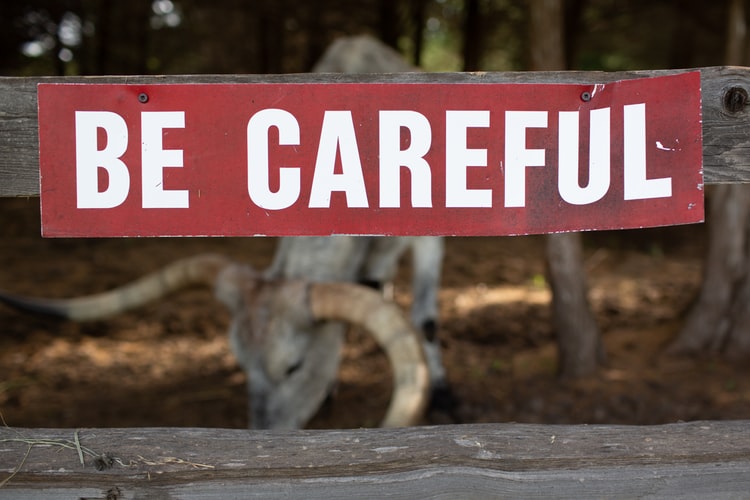
Make sure your seafarer CV is easy to read
Keep your layout simple, clean and concise so it’s easy for crew managers or manning agents to read.
Yes, you want to stand out from the crowd but leave the fancy graphics to those applying for jobs as a web designer. You’re applying for shipping jobs and as such you want your qualifications and experience to do the talking for you.
There are plenty of basic templates that are free to download online and there’s nothing wrong with using one of those - including Martide's!
The last thing you want is to submit a resume that no one can read either because the formatting doesn’t work when they open it on their device, or because you’ve gone wild with fancy fonts!
It doesn’t matter whether you’re applying for maritime jobs in seaports, entry level cargo ship jobs such as a Deck cadet job on a container ship, for an Ordinary Seaman jobs on a cargo ship, or for a Chief Engineer job on a bulk carrier.
Check that the font type and its size is consistent throughout the document and steer clear of fancy formatting or words all in capital letters.
Make sure your dates match up and that spelling mistakes are non-existent. Think about whether or not you’d want to read your resume for a seafarer if it landed in your email inbox.
If it looks like it’s too much hard work, then a potential employer will no doubt be thinking the same thing.
It's a seafarer resume - not a book!
You might be pretty proud of your list of achievements but remember that five to thirty second time limit we spoke of earlier.

To put it brutally, busy maritime recruitment agencies and shipping companies who are hiring for their seafarer jobs don’t have the time (or the inclination!) to read pages of text.
Having said that, you need to add enough detail to make sure you’re sparking enough interest to give the person reading your resume a reason to get in touch with you: a list of job titles and no information about your achievements isn’t going to cut it either.
The ideal length for a resume for a seafarer? Make it concise yet informative and keep it to two sides of A4 paper.
Give the clichés a miss
We’ve no doubt that you’re hard-working and a team player. We’re sure you can work just as well on your own as you do with co-workers and that you’re a dynamic go-getter.
The problem is, so is everybody else. Let’s face it, no one is going to put that they like taking it easy on their maritime resume or that they hate working with other people. You need to find a way to stand out.
Open your resume with a snappy summary of who you are and what you’ve achieved.
Stick to the facts and resist the temptation to use words like ambitious and hard worker etc. Then, when it comes to listing your work experience, go into a little more detail and tell the employer what you did, how you did it and why you’re great at it!
Who knows, you might even land one of those coveted top paying maritime jobs!
Don't be modest - or at least TOO modest!
No one likes a big head but the point of your seaman resume is to sell yourself. Most of us find it hard to write about ourselves, but unfortunately writing a resume for a seafarer is one of those times that you’re just going to have to suck it up and get on with it!

If you’ve achieved something, tell your potential employer about it.
They’re not a mind reader and being able to demonstrate why you’re the ideal candidate for that seafarer job could mean the difference between landing the position or being completely overlooked.
Keep it factual and, most importantly, be able to back up your claims!
Don't forget to include your contact details on your CV for a seaman
You’ve put all that hard work into writing a seafarer resume that perfectly sums up your experience in the maritime industry, or the qualifications you gained at marine academy.
You’re expecting a call or an email...but, disappointingly, you hear nothing back.
You’d be surprised at the amount of job applicants who go the extra mile to create an outstanding resume then neglect to include their contact details.
We can’t say this clearly enough: make sure the shipping company or recruiter knows how to get in touch with you. That means including a telephone number and email address, and your Skype or Zoom ID too if you have one as they might want to arrange a Skype or Zoom interview with you.
Employers in the maritime industry understand that you might not be able to get to the phone right there and then, or that you might be away working at sea and likely to be in a different time zone.
But make sure you state that in your cover letter. (We'll get to cover letters in a moment...)
After all, even the most determined of maritime recruitment agencies, shipowners or ship managers is going to give up and move on to the next suitable candidate if they can’t get hold of you for no apparent reason.

Things to include on your resume for a seaman
The points above are all basic things you should (or shouldn't) do on your maritime CV. But what should you actually include on your resume? Let's take a look.
Create a personal statement
Open your maritime resume with a personal statement and make sure you tailor it to the job you’re applying for. And yes, this means changing it if you’re applying for a number of different sea careers!
Think of your personal statement as a short (2 to 3 sentences max) introduction to you. Remember - this is potentially your one shot at making the employer decide whether to keep reading. Include your current situation, career goals and the seafaring level you are certified to.
Next a short section - bullet points are fine - highlighting your stand out skills is a good way of showing an employer, at-a-glance, whether you’re suitable for the vacancy.
List your work experience and education
Next you need to detail your work experience and your education and qualifications.
Most job applicants will put information about their current and previous jobs first but it’s up to you which you go for, and it really depends on what you feel is more relevant for the position you’re applying for. For example, recent graduates may want to lead with their degree and qualifications. Which brings us to:
Cadets with little to no work experience
Let’s say you’ve just completed your Bachelor of Science degree and are now searching for your first job in a shipping company. Don’t worry about your seafarer resume not being jam packed full of previous job roles: no employer will expect it to be if you’ve just left maritime college or university.
Instead, it’s more useful for them to see what you’ve studied and what qualifications you’ve gained before embarking on one of the many opportunities sea careers hold.

To flesh out your resume for a seafarer further, list any projects you have undertaken, and work experience or work shadowing you have completed. You should also include any volunteering you've done.
The rule of thumb is, if it’s relevant to the maritime industry, to your personal growth or to the seafaring job you’re applying for, it all counts!
Seafarers with plenty of work experience
If you’ve had several, or indeed many, jobs in the shipping industry and are looking for your next seafaring position or contract, a shipowner, ship manager, or a maritime recruitment agency is going to be more interested in your employment history, particularly your most recent roles.
This is where you need to be careful not to let your resume run away with you. Potential employers won’t sit and read through four, or even three, pages of information about the sea careers you've had so be selective with what you include.
The older and more experienced you are, the more likely it is you can omit those shipping jobs that you took right at the beginning of your career as a seafarer. If you’re 47 years old and applying for a position as a Chief Engineer you really don’t need to include that voluntary work you did at your local shipyard when you were a teenager.
Still not sure what to leave out?
Make sure the experience you include is relevant to the position you’re applying for.
Reverse chronological order only please!
When it comes to your work experience, shipping companies and maritime recruitment agencies want to know what you’re doing at the moment, or what you’ve done most recently. Therefore to make your seafarer resume easier for them to read you should list jobs (and education) in reverse chronological order to make sure your most recent role/degree is at the top.
What employment info to include in a resume for a seafarer?
Again, starting with your most recent job role, list:
- Your job title
- The employer/company
- The name and type of vessel sailed
- The dates of your employment or contract
- Your main responsibilities there and your skills and strengths
When applying for a job in the maritime industry you need to make sure you include any relevant qualifications and documentation you hold on your seafarer resume. For example, this could be STCW or a Ship's Cook Certificate.
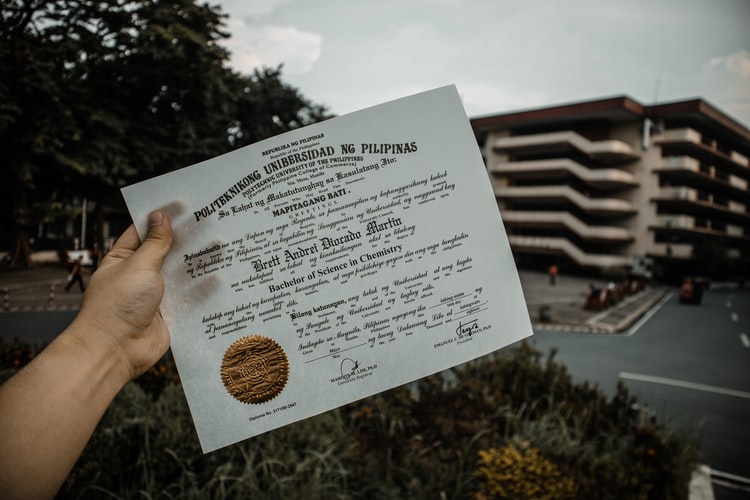
What educational information to include in a seaman resume?
Starting with the most recent academy or university you attended, list:
- The name of the academy/university/school/college
- The subjects you studied there
- The qualifications you gained
- The dates you attended
- Any knowledge you developed, positions you held or other achievements
Round off your resume by giving your potential employer a little glimpse into you as a person by listing your hobbies and interests. Keep it brief but include any activities, sports, special areas of interest or goals you are working towards such as learning another language.
Read more: 5 Ways to Make Your Search for Jobs at Sea Easier
Last of all you should complete your maritime resume by including two referees who your potential employer can contact if they wish to find out more about you. These should be related to employment, or if you have no previous working experience in the maritime industry, to education.
Final tips for creating a seafarer resume
- Check, check and check again to make sure spelling and grammar is correct. Ask a trusted friend, coworker, lecturer or family member to help. In seafaring, attention to detail is everything!
- Ensure the dates of employment and learning make sense and there are no gaps or overlaps - employers and maritime recruitment agencies WILL spot them.
- Leave out previous salaries, expected salary and reasons why you left your former company/role: these can all be covered if you progress to the next stages of the recruitment process.
- Make sure your contact email address is professional. That email you’ve had since your teens, coolguy1990@mailbox.com doesn’t really cut it in a working environment!
One last piece of advice, while we can all be a little guilty of overstretching the truth in order to impress a potential employer and get our foot in the door, make sure that at the very core, you are being honest in your resume for a seafarer.

Not only will you be wasting an employer’s time if you include claims that you can’t back up, but you’ll be wasting yours too.
And let’s face it, there’s nothing more embarrassing than being caught out in a lie so make sure you can talk with truthful conviction about the things you’ve included in your resume.
On a similar note, ensure you also hold the documents and certifications that you say you do too.
How to write a cover letter for your seafarer resume
We're afraid we're not done just yet, because if you're sending a CV or seaman resume to an employer, manning agent or maritime recruitment agency, you're going to need to say something to introduce yourself.
The likelihood is you won't be sending a company your maritime resume in the mail therefore you won't need a 'physical' letter. But sending a blank email with your resume attached is only going to get your message fast tracked to the receiver's trash or junk folder!
Would you open an email and click on attachments with no other information? It screams spam and would send most people's cyber security senses into overdrive!
And besides, it's just not very polite to send someone an email and not introduce yourself or explain why you're contacting them!
Your seafarer resume may be impressive but you won't win any Brownie points for your professionalism!
The good news is, a cover letter (or cover email) doesn't have to be pages long. In fact, it's better if it isn't! We're back to that employer's or agent's lack of time to sit and read everything they're sent.

What to include in a seafarer cover letter
Start by addressing the person you're emailing. Having an actual person's name is best, for example; Dear Mr. Reyes, or Dear Miss. Kravets. If you're forwarding your email and resume for a seaman to a general crewing or recruitment department email address using Dear Sir or Madam will be fine.
Next state which seafarer job you are applying for and include a brief summary of the skills and work history that are relevant to that position. This only needs to be a short paragraph.
Finally, finish with another short paragraph about how you're confident you have the skills and aptitude for the job and how you're looking forward to hearing back from the employer or manning agency.
This is where you should also mention if you're going to be away at sea so the employer knows they might not be able to get hold of you immediately.
It's fine to show some enthusiasm and even some personality here.
Trust us, as a maritime recruitment platform we receive many copy and paste, uninspiring cover emails and the ones that definitely stand out are the ones that have been written with some passion and dedication.
And...as with your seaman resume...don't forget to include your contact details!
Build your online seafarer resume with Martide
If all of the above sounds like a real chore, the good news is, it doesn't have to be. Not if you create your online resume for a seaman with Martide.
That's because all you need to do to apply for any of our seafarer jobs is to create an account with Martide. You can then fill in your personal info, your education and your work experience and then upload copies of your seafarer documents.
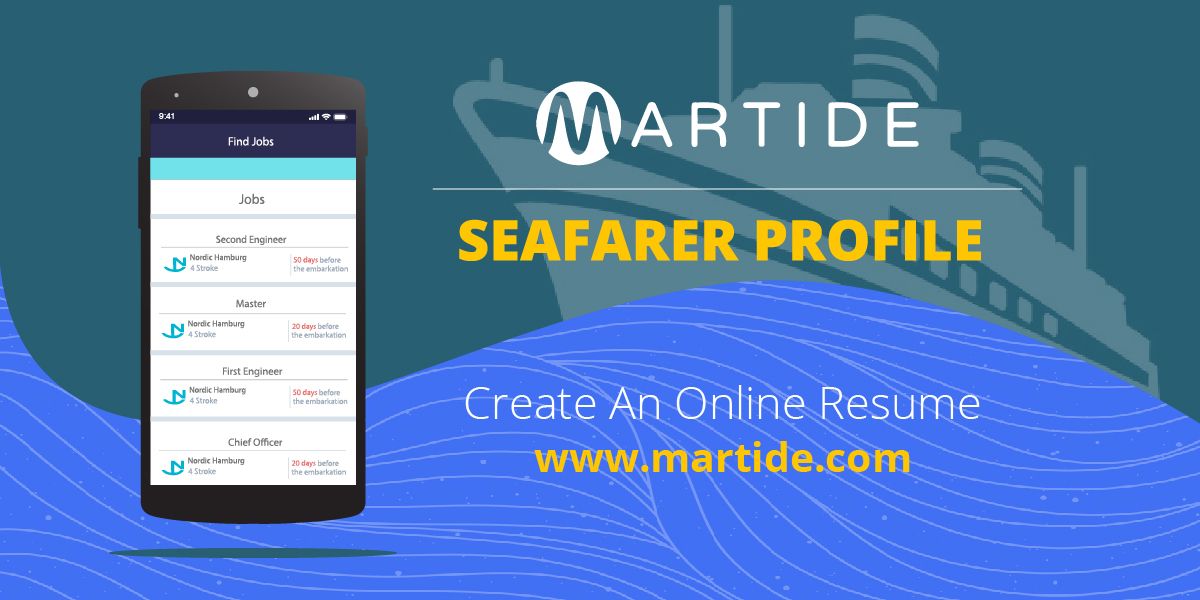
It's like having your very own online seafarer resume!
Then when you want to apply for one of our jobs at sea, all you need to do is click the apply button on the seafarer job ad and your application will be automatically sent to the employer.
Best of all, you only have to do this once and you can hit that apply button as many times for as many jobs as you like. No seaman resume to sit down and write, no boring cover letters to draft, and no emails to send over and over again.
Just easy (and free) access to your next seafarer job!
Which brings us on to...
Find seafarer jobs with Martide
Martide are currently recruiting for a wide range of seafarer jobs in the shipping industry and we’d love to hear from you.
You’re just a couple of clicks away from applying for your next seafaring position, so to get started, check out our maritime job vacancies here!
Then apply for the shipping jobs you're interested in by registering your account. It's easy and free and means that all of our job at sea are open to you! Plus it's like having your own online seafarer resume.
Don't forget to download our mobile app for seafarers too!
That way you'll have all of our seafarer jobs and your messages in the palm of your hand.
The app is available for download for free from Google Play and the App Store now!
This blog post was originally published on July 17th 2019 and updated on September13th 2023.

Eve Church
Eve is Martide's content writer, publishing regular posts on everything from our maritime recruitment and crew planning software to life at sea. Eve has been writing professionally for more than two decades, crafting everything from SEO-focused blog posts and website landing pages to magazine articles and corporate whitepapers.
UK

is the only site for maritime jobs


